April 19, 1995—9:02 a.m. A Ryder truck packed with nearly 5,000 pounds of explosives detonates outside the Alfred P. Murrah Federal Building in Oklahoma City. The force of the blast, equivalent to nearly 4,000 sticks of dynamite, rips through nine stories of concrete and steel. In an instant, 168 lives are erased, 19 of them children. Hundreds more are wounded, many maimed for life. This was no accident. This was a deliberate act of terror, the deadliest in American history.
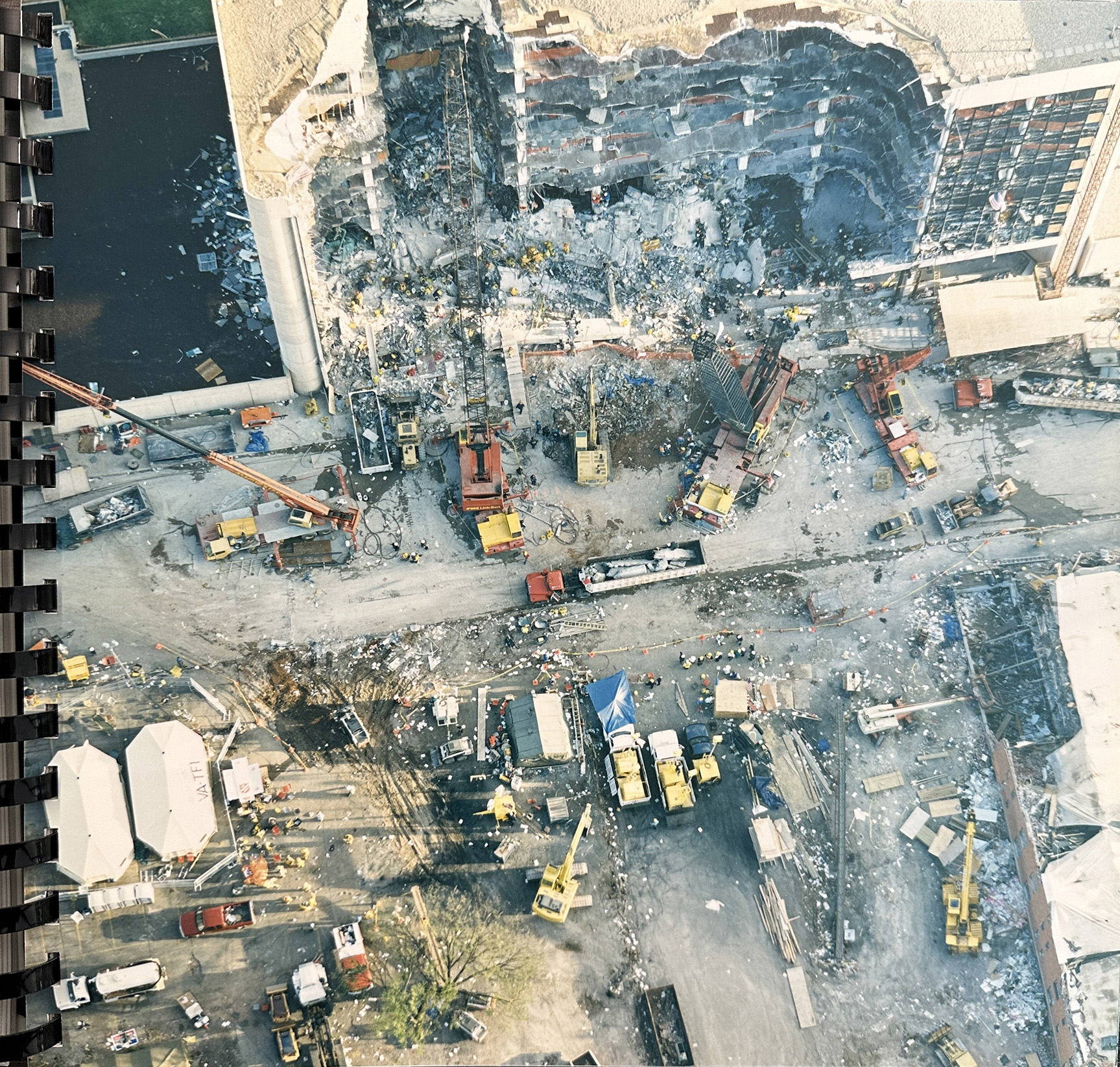
Nearly three decades later, the scars remain, but so do the questions. How did this happen? Who failed to see the warning signs? And what lessons, if any, have we learned? National Geographic’s OKLAHOMA CITY BOMBING: ONE DAY IN AMERICA, a three-part investigative docuseries, seeks answers. Premiering April 2 at 8/7c on National Geographic and streaming the next day on Disney+ and Hulu, the series provides a raw, unfiltered account of that day, told by those who were there.
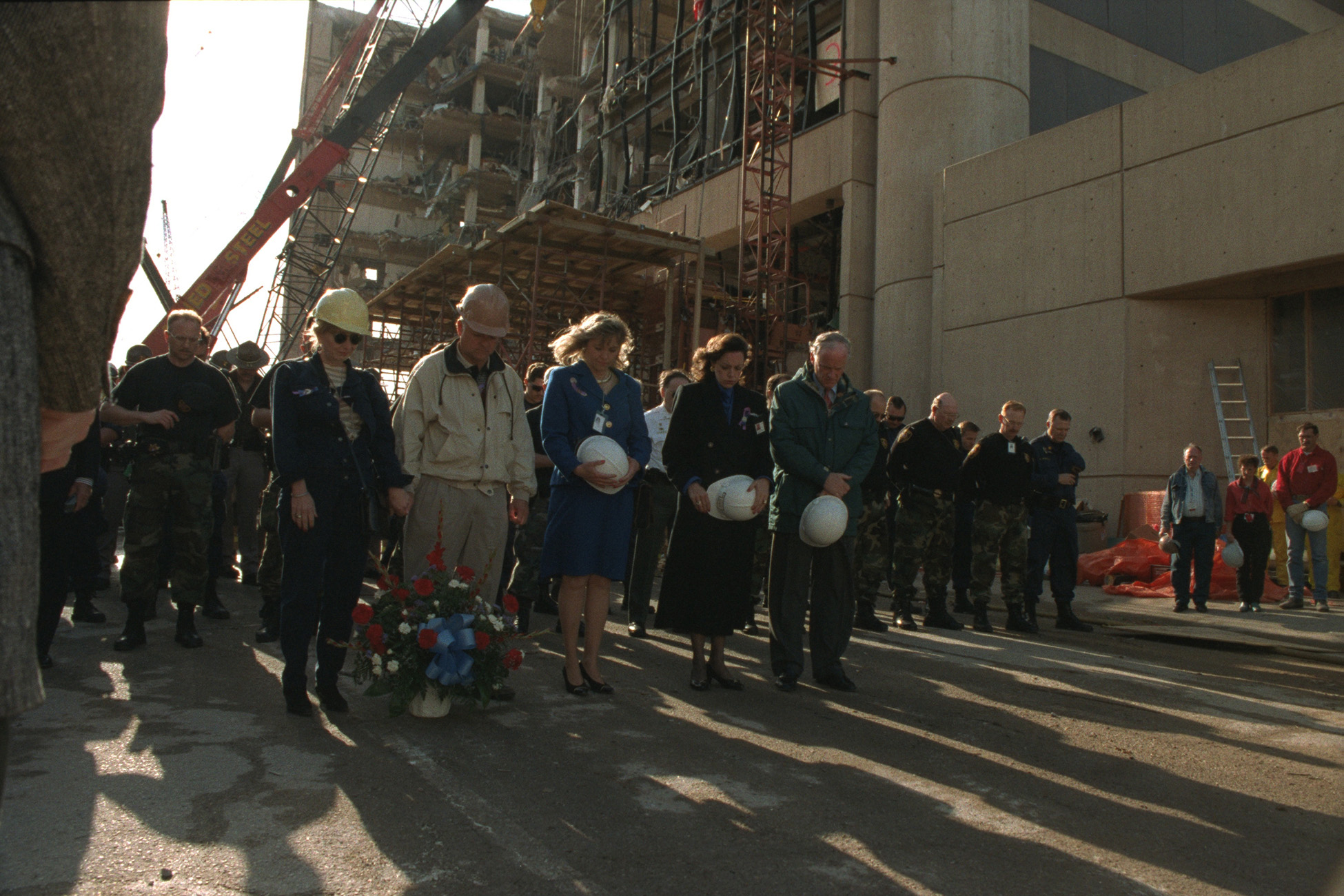
Former President Bill Clinton and then-Oklahoma Governor Frank Keating recall the weight of leading a grieving nation. Amy Downs, a young bank employee at the time, relives the hours she spent buried alive beneath the rubble. Edye Raines, a mother, recounts the desperate search for her two missing children. First responders, including District Fire Chief Mike Shannon, describe the grisly reality of what they faced that day, the lives they saved, and the ones they couldn’t.
And then there’s the hunt for the bomber. Bob Ricks, FBI Special Agent in Charge, walks viewers through the high-stakes, pressure-cooker investigation that gripped the nation. The clues, the false leads, the race against time to find and apprehend a man who had just committed the worst act of domestic terrorism in U.S. history.
“The Oklahoma City bombing wasn’t just a tragedy—it was a wake-up call,” says Tom McDonald, EVP of Global Factual and Unscripted Content at National Geographic. “It revealed the dangers of homegrown extremism, the cost of hate, and the resilience of a city that refused to be broken. This series ensures we never forget what happened—and never allow it to happen again.”
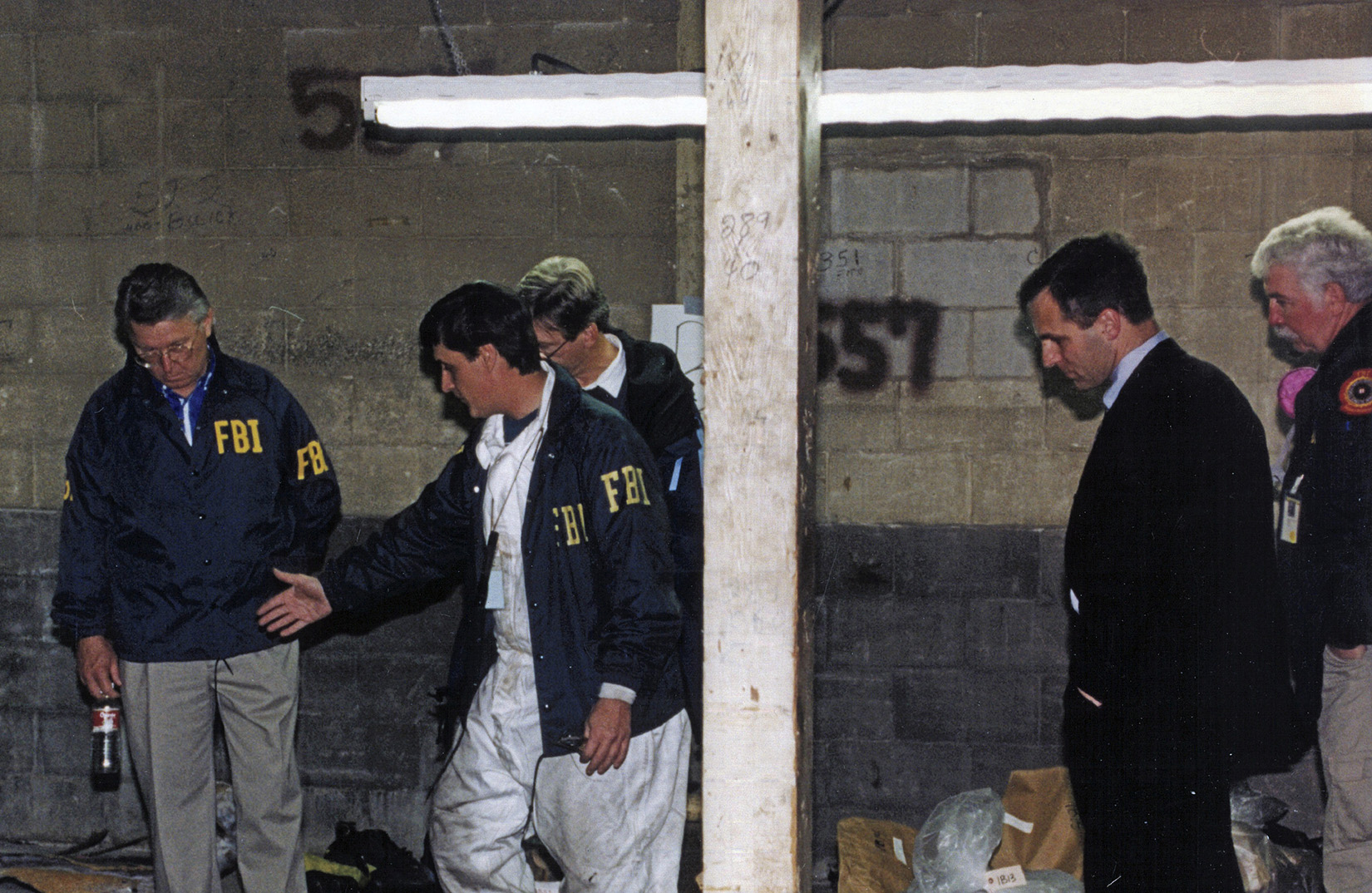
A Filmmaker’s Perspective: Ceri Isfryn on Bringing the Story to Life
I had the privilege of speaking with Ceri Isfryn, the BAFTA and RTS award-winning filmmaker behind this powerful series. Known for her work on high-profile documentaries such as The Fake Sheikh and The House of Maxwell, Isfryn has a reputation for uncovering deeply complex and personal stories. She has investigated global issues from an undercover exposé of Facebook that led to parliamentary hearings to an in-depth look at ISIS networks in Europe.
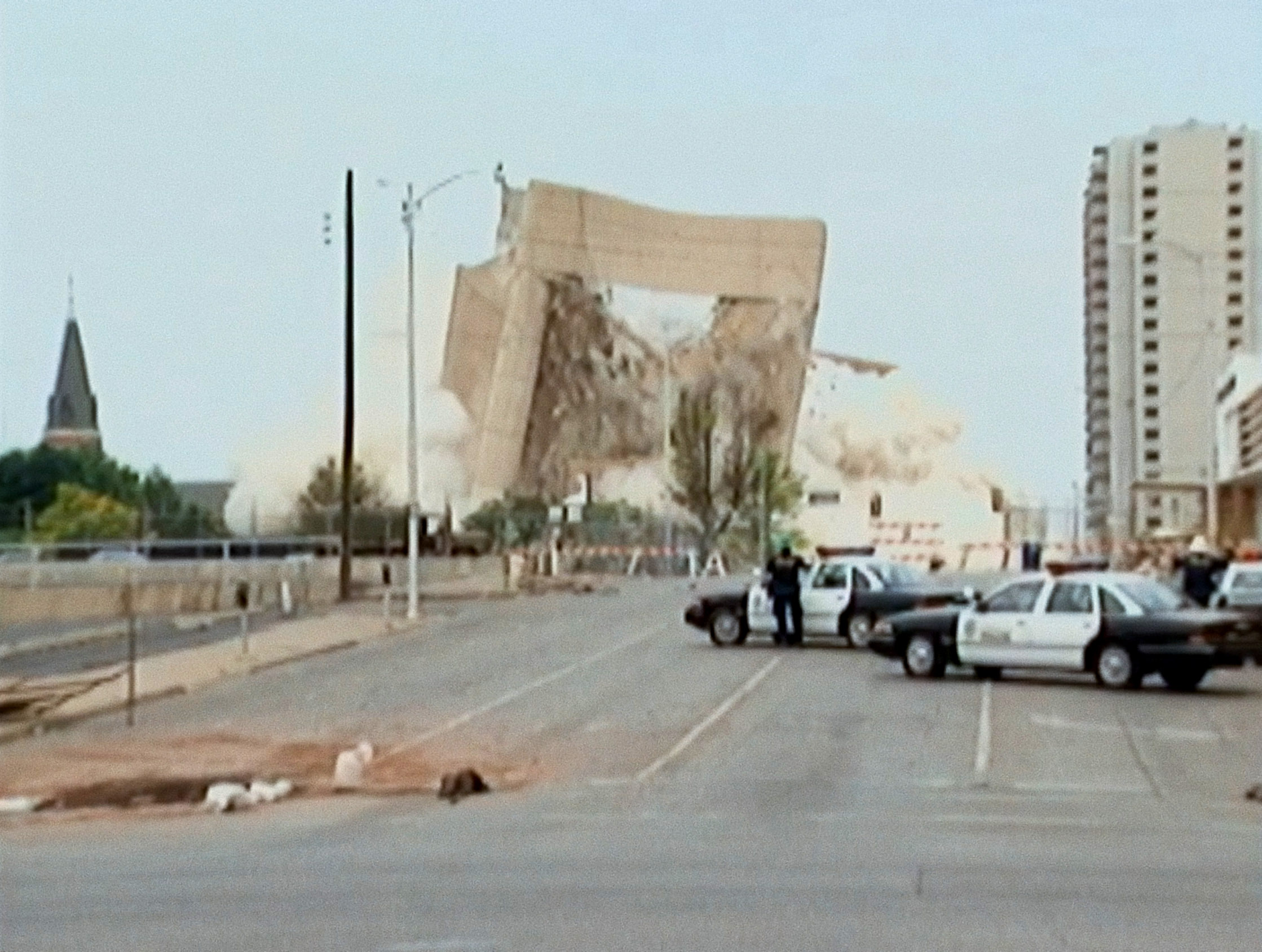
What made you want to tell the story of the Oklahoma City bombing in this series?
When I was first approached to direct this series, I was aware of the Oklahoma City bombing, but I quickly realized I didn’t really know much beyond the fact that it happened. That realization struck me, there’s an entire generation, if not two, who don’t truly understand what happened that day.
For me, history is the best way to learn about the present, and this was the deadliest domestic terror attack in U.S. history. Many people are surprised when they hear that, which made me realize there was an opportunity to tell this story comprehensively. I wanted to put the voices of those who lived through it front and center, ensuring that the next generation and even those who lived through it but never fully understood it, could truly grasp what that day was like. This was a chance to create a historical record.
What was a moment during the filming process when you felt a shift in your perspective on the Oklahoma City bombing, something you didn’t expect before starting the project?
We filmed interviews over the course of three weeks, spending a significant amount of time in Oklahoma. Time and time again, as people recounted the horrific events of that day, the lives lost, the devastation, I was struck by their resilience. That truly surprised me.
In Episode 3, there’s footage of the National Memorial where President Clinton speaks, a symbol of how the community came together. Before going to Oklahoma, I only knew the city because of the bombing. But after spending time there, I saw that while the event inevitably shaped the city, it did not define it. The spirit of strength and resilience is still very much alive today.
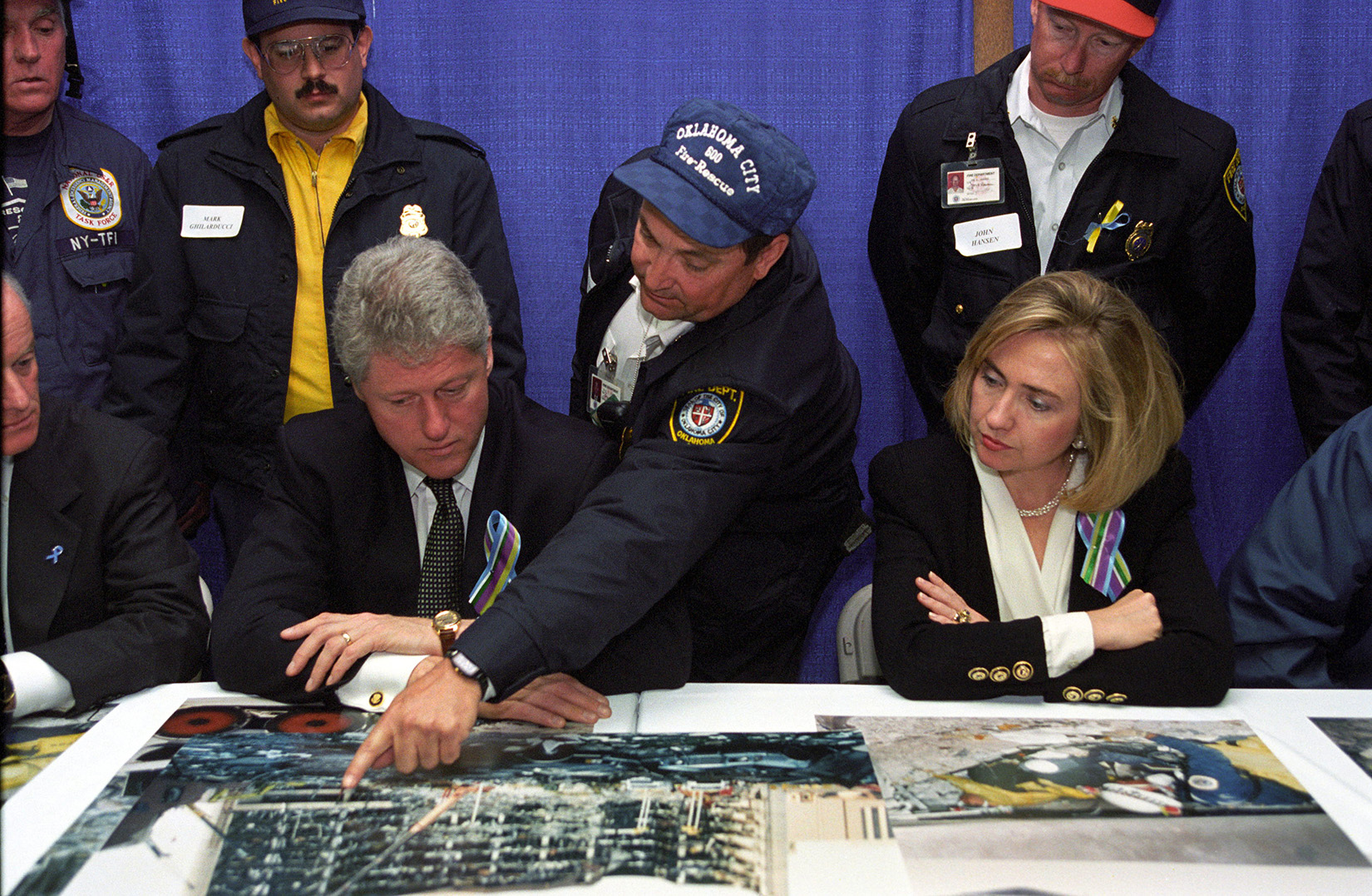
In Episode 2, the search for the bomber is a big part of the story. How did you show the tension and urgency of the manhunt while still focusing on personal stories?
One of the most remarkable aspects of this case is that many of the FBI and ATF agents tasked with finding the bomber had personal ties to the victims. Some had worked in the building, others knew people inside. For them, this was deeply personal from day one.
Everyone in Oklahoma City was connected in some way to someone affected that day. That emotional weight drove the investigation. Beyond their professional duty, there was an intense personal drive to seek justice for the colleagues, friends, and family they had lost. And, of course, the world was watching. The pressure was immense. Their perseverance is a testament to their dedication and sense of duty.
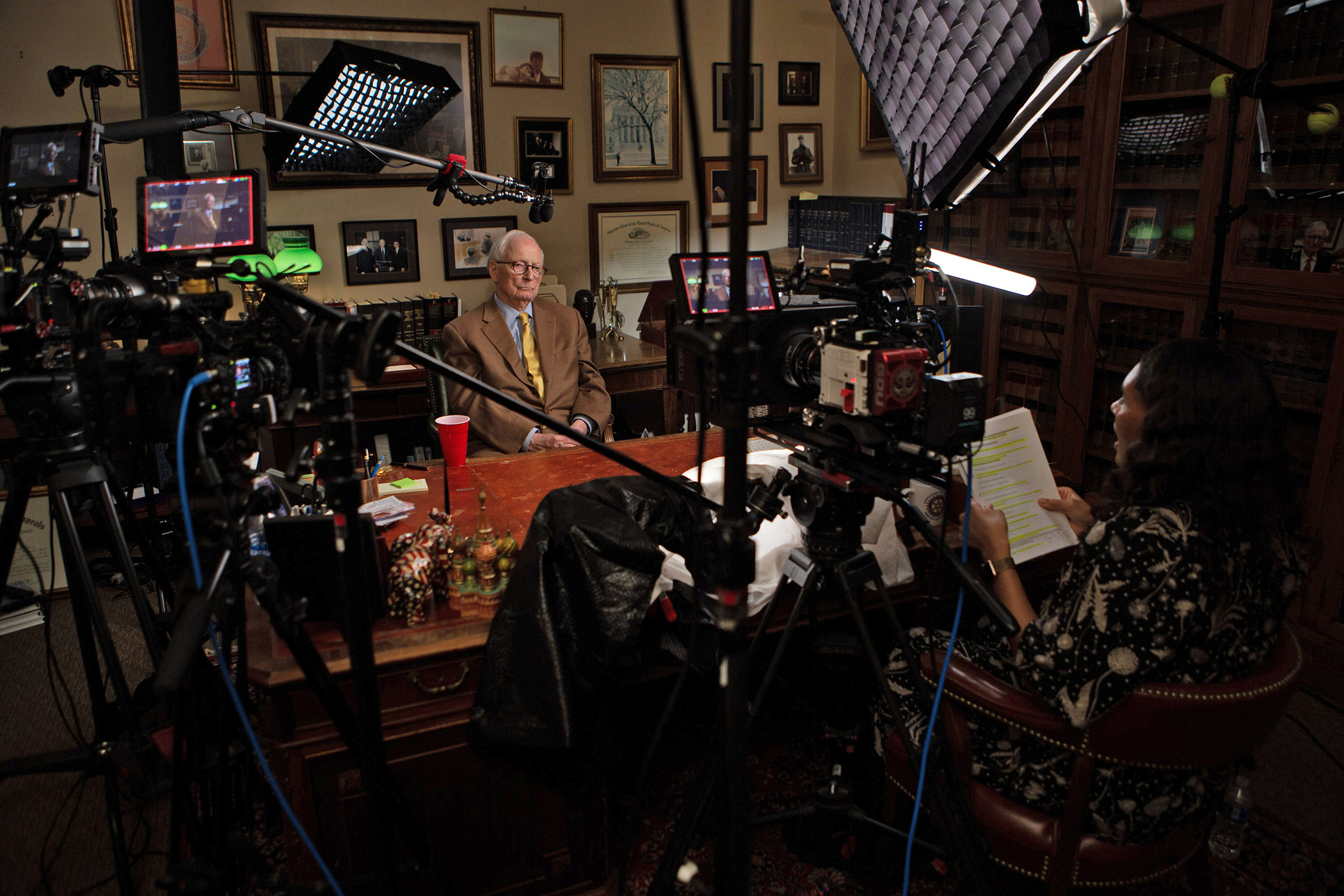
What was one story or piece of footage that didn’t make it into the series, but you wish had? Why did it resonate with you?
This was an era before smartphones, so one of our first steps was digging into archival footage. We partnered with News 9 in Oklahoma, a local, family-owned station that meticulously combed through and digitized their old tapes for us. We ended up with over 750 hours of footage.
The footage we chose was guided by the personal stories we were telling. Everyone we interviewed appears in the archive in some way, so we prioritized footage that made their experiences feel immediate. Some of it was incredibly raw and unflinching, but we wanted people to truly understand what our interviewees endured. We hope that by doing so, their resilience is even more profound.
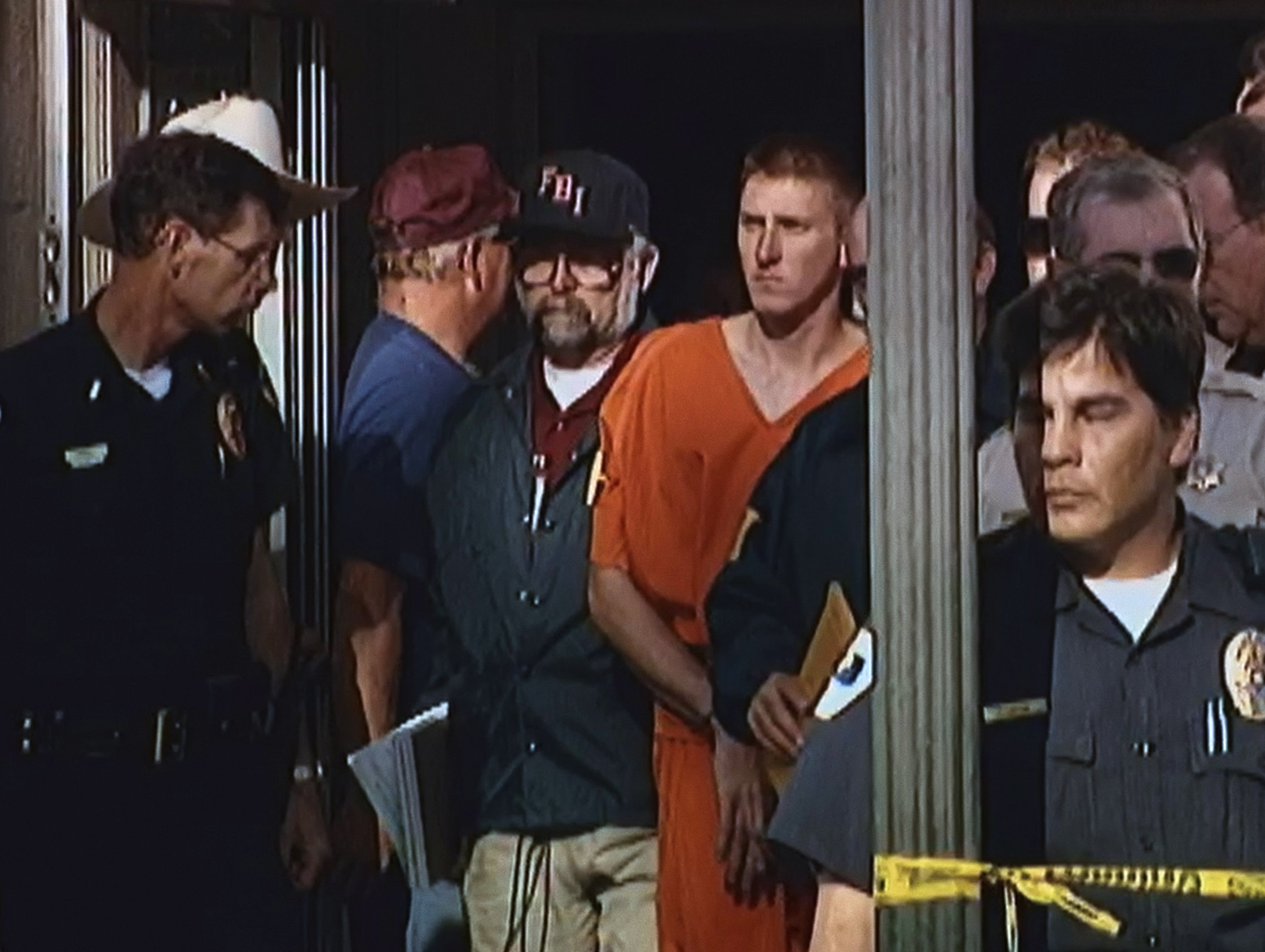
What did you hope viewers would learn or feel about the bombing that they might not have known before?
The best way to make people learn is to make them feel. The survivors and first responders who trusted us with their stories gave us the ability to tell this in a way that truly conveys the impact of that day. I hope viewers walk away not just understanding what happened but feeling it.
Beyond that, I hope it sparks conversations about the dangers of extremism and the importance of remembering history. By telling this story with such depth, we can reflect on what it teaches us about the present.
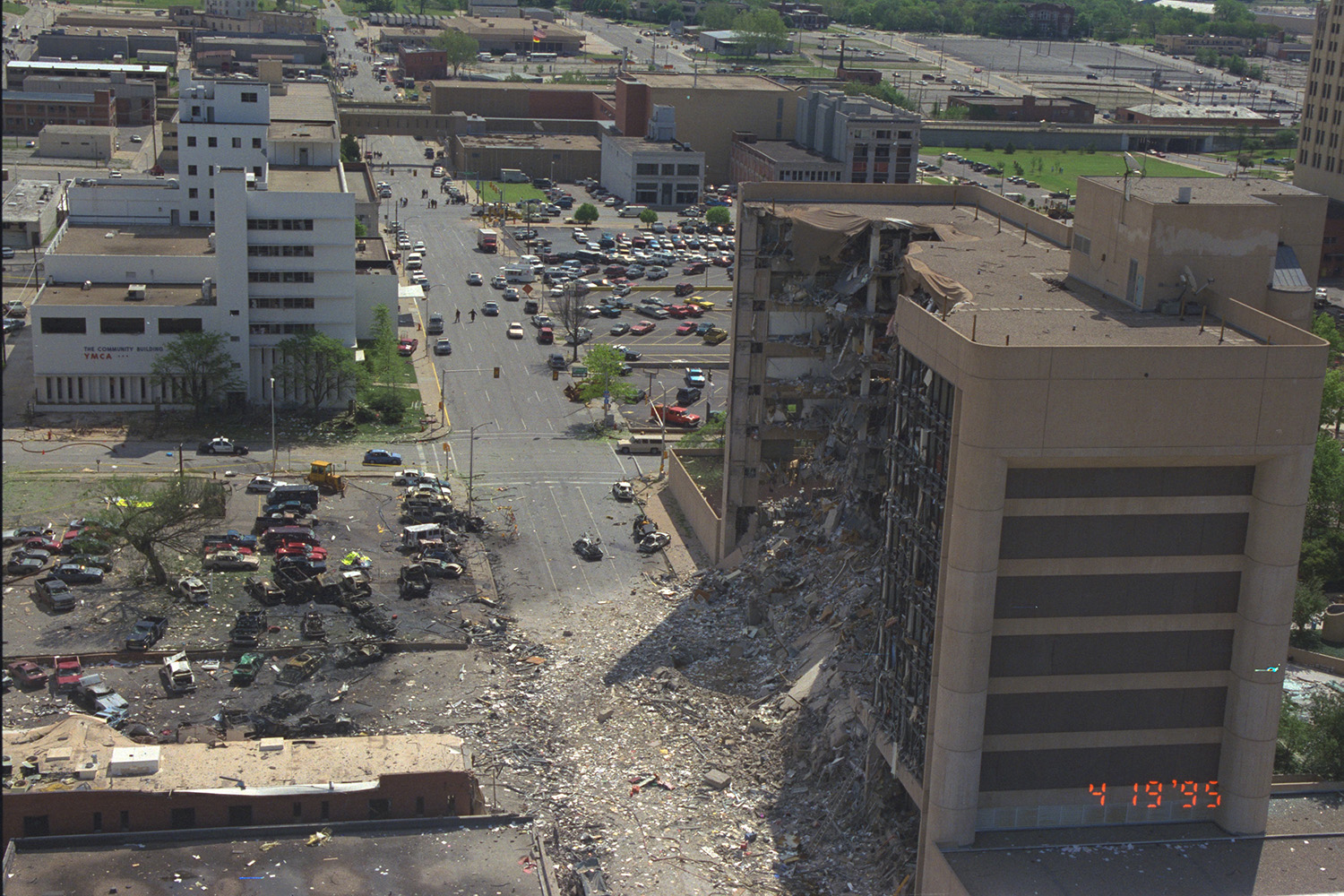
As the 30th anniversary of the Oklahoma City bombing looms, the wounds it left on families, on a city, and on the nation remain raw. The attack was not just a moment of devastation; it was a turning point, exposing the depths of homegrown extremism and forcing America to confront an unsettling truth: the enemy can come from within.
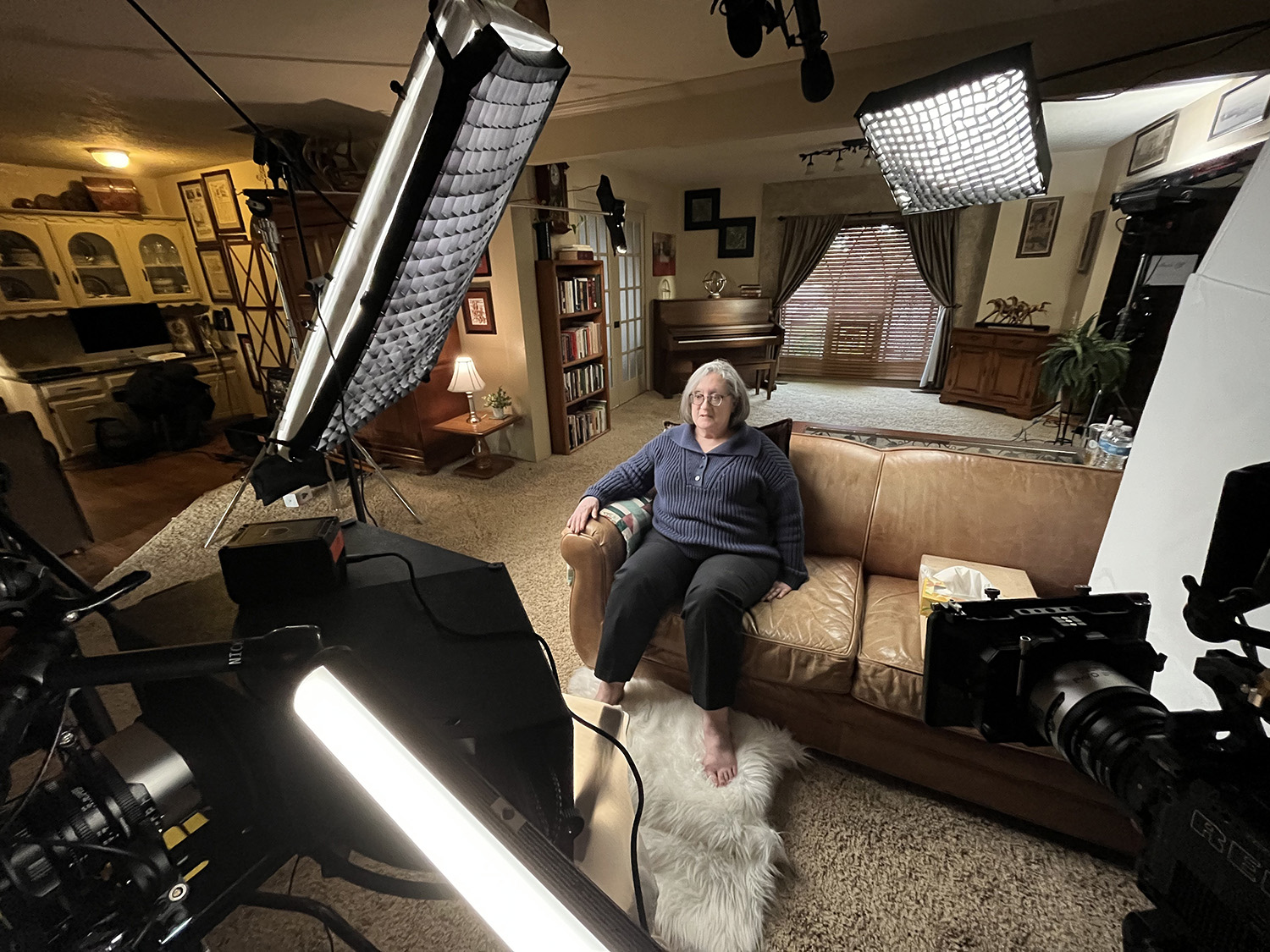
This series does not soften the blow. It lays bare the horror, the loss, and the staggering heroism of those who faced the unthinkable. It is a testament to resilience, to the grit of first responders who clawed through rubble, to the survivors who rebuilt their lives, and to the relentless pursuit of justice for 168 souls who never came home.
But this is more than history. It is a warning. The forces that led to April 19, 1995, did not vanish with a conviction. Understanding what happened that day is not just about remembering the past; it is about safeguarding the future.
OKLAHOMA CITY BOMBING: ONE DAY IN AMERICA premieres April 2 at 8/7c on National Geographic and streams the next day on Disney+ and Hulu. The story is not over. And it must never be forgotten.
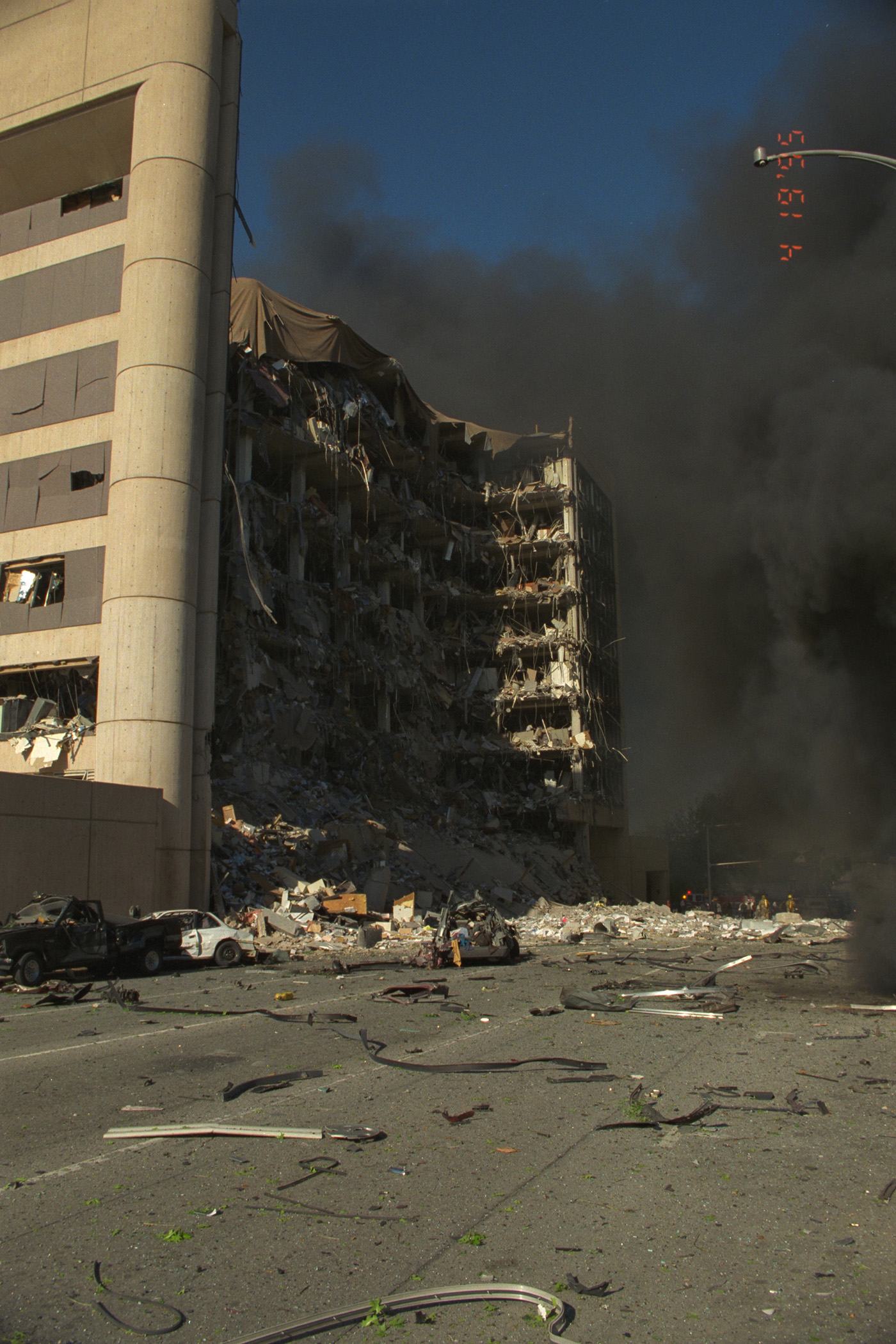
Discover more from SNAP TASTE
Subscribe to get the latest posts sent to your email.



